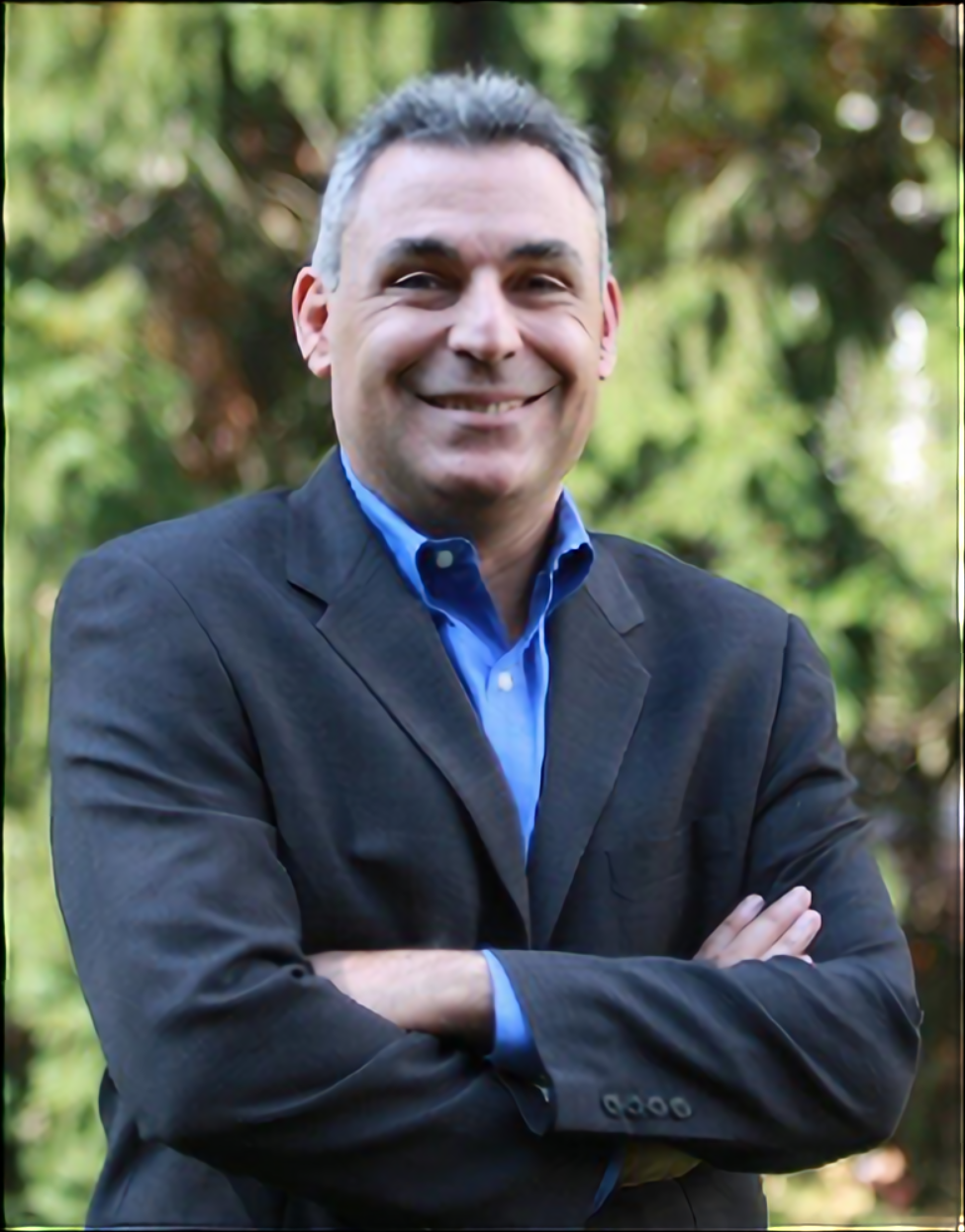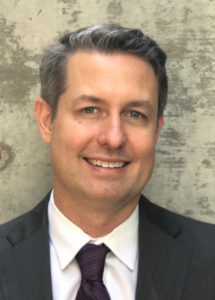Keynote Speakers
Prof. Filip De Turck
Towards Truly Immersive Holographic-Type Communication
De Turck is a full professor at the Department of Information Technology (Intec) of Ghent University and imec, Belgium with expertise in communication software, network resource management, adaptive multimedia service delivery, and next-generation video delivery platforms. In this research area, he is involved in and successfully completed many research projects with industry and academia, serves as Chair of the IEEE Technical Committee on Network Operations and Management (CNOM), former chair of the Future Internet Cluster of the European Commission, is on the TPC of many international network and service management conferences and workshops and serves in the Editorial Board of several network and service management journals. Prof. Filip De Turck regularly organizes international workshops on the above-mentioned topics, serves as Editor-in-Chief of IEEE Transactions on Network and Service Management (TNSM), and steering committee member of the IEEE/IFIP Network Operations and Management Symposium (NOMS), the IFIP/IEEE Integrated Network Management (IM) Symposium, the IEEE Conference on Network Softwarization (IEEE NetSoft) and the IFIP/IEEE Conference on Network and Service Management (CNSM). He also served as chair of the IEEE SDN Initiative Conference Committee, which coordinates initiative IEEE events and conferences on Software Networks. Prof. Filip De Turck was named a Fellow of the IEEE (Institute of Electrical and Electronics Engineers) for outstanding technical contributions to network resource management and adaptive service delivery. He is currently (co-)author of over 750 publications. He received the IEEE ComSoc Dan Stokesberry Award 2021 for particularly distinguished technical contributions to the growth of the network operations and service management field.
Abstract
This keynote talk will first present a review of video streaming over telecommunication networks, and its evolution over time. The importance and the opportunities provided by volumetric media delivery will be outlined by means of several examples. The most appropriate platform design for volumetric media delivery and the various challenges and possible approaches will be highlighted next. Finally an overview of research challenges and opportunities will be presented.
 Prof. Chadi Assi
Prof. Chadi Assi
Non Orthogonal Multiple Access for Massive Connectivity in Future Cellular Networks
Assi is a Fellow, IEEE, received his Ph.D. from the City University of New York (CUNY). During his Ph.D., he worked on optical networks, and namely on lightpath provisioning and survivability. He spent a year as a visiting researcher at Nokia Research Center (Boston) where he worked on the quality of service (QoS) in passive optical access networks. He joined Concordia University in 2003 as an Assistant Professor where he is currently a Full Professor. He was a Concordia research chair (Tier 2) between 2012 and 2017, then since 2017, he holds a research chair, Tier 1. He was elevated to an IEEE Fellow (class 2020) by the Communications Society for “contributions to resource allocation for optical and wireless networks”. His research interests are in the general area of networks and telecommunications (both wired and wireless), (IoT) cybersecurity, and smart grids. He has served on the Editorial Board of several flagship journals of the IEEE. He was the recipient of the Prestigious Mina Rees Dissertation Award from CUNY in 2002 for his research on wavelength division multiplexing in optical networks.
Abstract
To address the massive connectivity and the ever-increasing data rate requirements in the forthcoming wireless networks, sophisticated multiple access techniques should be elaborated. One potential access technique is the non-orthogonal multiple access (NOMA). NOMA has shown to enhance the spectral efficiency and network connectivity and thus is identified as a key enabling technology for the next-generation wireless network, sixth-generation (6G). The main concept of NOMA is to allow multiple users equipment (UEs) to share the same resource (code/frequency/time). In this talk, we focus on the synergistic integration between NOMA and other enabling fifth-generation and beyond (B5G) technologies looking for further improvement in the system performance in terms of spectral efficiency and network connectivity, including cooperative communication, reconfigurable intelligent surface, coordinated multi-point, etc. We will also present a non-orthogonal access scheme that exploits the partial overlap (i.e., similarity) among users bit sequences, and show that a much better enhancement to the spectral efficiency can be achieved, yielding gains of up to three times that of orthogonal access.
Falko Dressler
From Vehicular Networking to 5G and Mobile Edge Computing to 6G and Virtual Edge Computing
Dressler is full professor and Chair for Telecommunication Networks at the School of Electrical Engineering and Computer Science, TU Berlin. He received his M.Sc. and Ph.D. degrees from the Dept. of Computer Science, the University of Erlangen in 1998 and 2003, respectively. Dr. Dressler has been associate editor-in-chief for IEEE Trans. on Mobile Computing and Elsevier Computer Communications as well as an editor for journals such as IEEE/ACM Trans. on Networking, IEEE Trans. on Network Science, and Engineering, Elsevier Ad Hoc Networks, and Elsevier Nano Communication Networks. He has been chairing conferences such as IEEE INFOCOM, ACM MobiSys, ACM MobiHoc, IEEE VNC, IEEE GLOBECOM. He authored the textbooks Self-Organization in Sensor and Actor Networks published by Wiley & Sons and Vehicular Networking published by Cambridge University Press. He has been an IEEE Distinguished Lecturer as well as an ACM Distinguished Speaker. Dr. Dressler is an IEEE Fellow as well as an ACM Distinguished Member. He is a member of the German National Academy of Science and Engineering (acatech). He has been serving on the IEEE COMSOC Conference Council and the ACM SIGMOBILE Executive Committee. His research objectives include adaptive wireless networking (sub-6GHz, mmWave, visible light, molecular communication) and wireless-based sensing with applications in ad hoc and sensor networks, the Internet of Things, and Cyber-Physical Systems.
Abstract
We will discuss the challenges and opportunities of the connected cars vision in relation to the need for distributed data management solutions ranging from the vehicle to the mobile edge and to the data centers. Vehicular networking solutions have been investigated for more than a decade but recent standardization efforts just enable a broad use of this technology to build large scale Intelligent Transportation Systems (ITS). Modern 5G networks promise to provide all means for communication in this domain, particularly when integrating Mobile Edge Computing (MEC). However, it turns out that despite the many advantages, it is unlikely that such services will be provided with sufficient coverage. As a novel concept, vehicle micro clouds have been proposed that bridge the gap between fully distributed vehicular networks based on short range device to device communication and 5G-based infrastructure. Using selected application examples, we assess the advantages of such systems. We conclude the talk by shedding light on future virtual edge computing concepts that will enable edge computing even considering minimal deployment and coverage of 5G MEC.

Miguel Dajer
A 30 year journey that’s just beginning. How communications will continue to re-shape our future
Abstract
 Jeffrey Andrews
Jeffrey Andrews
Ultra Dense and High Dimensional 6G Networks Enabled by Site-Specific Deep Learning
Jeffrey Andrews (S’98, M’02, SM’06, F’13) received the B.S. in Engineering with High Distinction from Harvey Mudd College, and the M.S. and Ph.D. in Electrical Engineering from Stanford University. He is the Cockrell Family Endowed Chair in Engineering at the University of Texas at Austin. He developed CDMA systems at Qualcomm, and has served as a consultant to Samsung, Nokia, Qualcomm, Apple, Verizon, AT&T, Intel, Microsoft, Sprint, and NASA. He is co-author of the books Fundamentals of WiMAX (Prentice-Hall, 2007) and Fundamentals of LTE (Prentice-Hall, 2010). He was the Editor-in-Chief of the IEEE Transactions on Wireless Communications from 2014-2016, and is the founding Chair of the Steering Committee for the IEEE Journal on Selected Areas in Information Theory, and the Chair of the IEEE Communication Theory Technical Committee (2021-22).
Dr. Andrews is an IEEE Fellow and ISI Highly Cited Researcher and has been co-recipient of 15 best paper awards including the 2016 IEEE Communications Society & Information Theory Society Joint Paper Award, the 2014 IEEE Stephen O. Rice Prize, the 2014 and 2018 IEEE Leonard G. Abraham Prize, the 2011 and 2016 IEEE Heinrich Hertz Prize, and the 2010 IEEE ComSoc Best Tutorial Paper Award. He received the 2015 Terman Award, the NSF CAREER Award, the 2021 Gordon Lepley Memorial Teaching Award, and the 2019 IEEE Kiyo Tomiyasu technical field award.
Abstract
6G networks will require a trinity of ultra high dimensionality in density, bandwidth, and antenna arrays to achieve unprecedented capacity, coverage and reliability. These three dimensions are fortunately synergistic, rather than in opposition to one another, but do introduce extraordinary complexity in terms of both the communication protocols and many aspects of implementation. A key enabling technology will be deep learning, which can provide automated site-specific design and optimization. We overview two of our recent contributions in this direction. The first is a deep-learning engine that finds site-specific codebooks for mmWave communications. The base station is able to sense and learn probing beams to quickly enable beam alignment in real-world settings. Second, we present a novel approach to estimating ultra-high dimensional MIMO channels using deep generative networks. The deep generative estimator is able to achieve considerably more accurate estimates with far fewer pilot symbols than current benchmarks. Intuitively, it works by developing site-specific basis functions that can be used for extremely compressed representations of an arbitrary channel.
 Prof. Admela Jukan
Prof. Admela Jukan
Animal-Cyber Systems: Gaining Access to Animal Welfare
Admela Jukan is Professor of electrical and computer engineering at TU Braunschweig, Germany. She works in the areas related to engineering of network and computing systems, next generation network software platforms, as well as system performance analysis. Her research is focused on cross-sections of animal welfare sciences and information technolgoies, and she is co-creator of the blog: Animals in Computing (https://animals-in-computing.com).
Abstract
Animals play a profoundly important role in human lives and the environment. They have been human companions for thousands of years, and today service dogs assist the disabled, and in search and rescue operations. Farm animals are a central part of sustainable agriculture, and with no doubt one of the key factors in climate sciences today. There are strong interdependencies between farm animal welfare and human health as reflected in the OneHealth concept. Animals in the wild are threatened by ever-shrinking habitats, and environmental factors induced by humans. This talk presents the grand vision of future animal-cyber systems, designed to explore and enable the role of computing and networking technologies as well as data science in animal welfare. The talk emphasizes the role of various technologies for farm animal welfare especially, and provides an outlook and exciting future research directions.
Conduct and Safety Statement for Conferences
IEEE believes in openness, international collaboration, and the free flow of talent and ideas. Meetings, conferences, and other events provide a forum for the exchange of those technical and humanitarian conversations. IEEE is committed to providing a safe, productive, and welcoming environment to all-conference, events, and meeting participants who engage with IEEE in these conversations.
To support this concept, IEEE has created a conduct and safety statement (PDF, 134 KB) that will become the IEEE credo for conferences, events, and meetings.
Participants should report any behavior inconsistent with the principles outlined here to on-site staff, security, or venue personnel, or to eventconduct@ieee.org.
For more information please visit the IEEE website.
CoVID-19 Safety Measures
Due to the COVID-19 pandemic, special safety measures will be taken during the On Site portion of the conference. As safety recommendations are changing rapidly please check this section two weeks prior to the conference for safety instructions.




